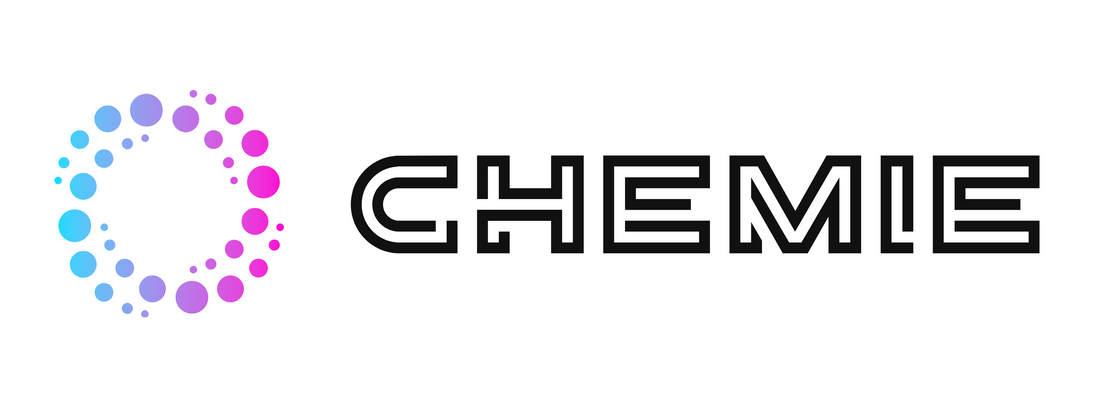The Chemie Statements
The Chemie Statements
Blog Article
The Of Chemie
Table of ContentsGet This Report on ChemieThe Buzz on ChemieThe Only Guide to ChemieMore About ChemieThe Best Strategy To Use For ChemieLittle Known Facts About Chemie.
By Bojanna Shantheyanda, Sreya Dutta, Kevin Coscia and David SchiemerDynalene, Inc. Liquid air conditioning, which can be achieved using indirect or straight means, is made use of in electronic devices applications having thermal power thickness that might surpass risk-free dissipation via air cooling. Indirect liquid cooling is where warm dissipating electronic components are physically separated from the liquid coolant, whereas in instance of direct cooling, the elements are in direct call with the coolant.In indirect cooling applications the electrical conductivity can be essential if there are leaks and/or splilling of the fluids onto the electronic devices. In the indirect air conditioning applications where water based fluids with deterioration preventions are typically used, the electrical conductivity of the fluid coolant mainly depends upon the ion concentration in the liquid stream.
The rise in the ion focus in a closed loop fluid stream might happen because of ion leaching from steels and nonmetal components that the coolant liquid touches with. During operation, the electric conductivity of the fluid may increase to a level which might be harmful for the air conditioning system.
Some Known Questions About Chemie.
(https://canvas.instructure.com/eportfolios/3458114/home/revolutionizing-cooling-solutions-with-dielectric-coolant-and-more)They are bead like polymers that can trading ions with ions in a remedy that it is in call with. In the existing job, ion leaching examinations were executed with numerous steels and polymers in both ultrapure deionized (DI) water, i.e. water which is dealt with to the highest degree of purity, and low electrical conductive ethylene glycol/water combination, with the gauged adjustment in conductivity reported in time.
The examples were permitted to equilibrate at room temperature for 2 days prior to taping the first electric conductivity. In all tests reported in this research study fluid electrical conductivity was measured to an accuracy of 1% making use of an Oakton disadvantage 510/CON 6 series meter which was adjusted prior to each measurement.
10 Simple Techniques For Chemie
from the wall home heating coils to the facility of the heating system. The PTFE sample containers were placed in the heating system when stable state temperature levels were reached. The examination setup was gotten rid of from the furnace every 168 hours (7 days), cooled to area temperature with the electric conductivity of the liquid measured.
The electrical conductivity of the fluid sample was monitored for a total of 5000 hours (208 days). Number 2. Schematic of the indirect closed loophole cooling experiment set-up - immersion cooling liquid. Table 1. Parts made use of in the indirect shut loophole cooling down experiment that touch with the fluid coolant. A schematic of the speculative setup is revealed in Figure 2.

Indicators on Chemie You Should Know
The adjustment in fluid electric conductivity was kept track of for 136 hours. The liquid from the system was accumulated and kept.

0.1 g of Dowex resin was contributed to 100g of liquid examples that was taken in a separate container. The blend was mixed and transform in the electrical conductivity at space temperature level was gauged every hour. The measured adjustment in the electric conductivity of the UP-H2O and EG-LC test fluids having polymer or steel when immersed for 5,000 hours at 80C is shown Figure 3.
Getting My Chemie To Work
Ion seeping experiment: Calculated modification click to find out more in electric conductivity of water and EG-LC coolants including either polymer or steel examples when immersed for 5,000 hours at 80C. The results indicate that steels added fewer ions right into the fluids than plastics in both UP-H2O and EG-LC based coolants.
Fluids consisting of polypropylene and HDPE showed the most affordable electrical conductivity modifications. This can be as a result of the brief, rigid, linear chains which are much less likely to contribute ions than longer branched chains with weaker intermolecular pressures. Silicone additionally performed well in both test fluids, as polysiloxanes are normally chemically inert due to the high bond power of the silicon-oxygen bond which would stop deterioration of the material into the liquid.
Chemie Fundamentals Explained
It would be expected that PVC would produce similar outcomes to those of PTFE and HDPE based on the similar chemical structures of the materials, nevertheless there might be other pollutants present in the PVC, such as plasticizers, that may influence the electrical conductivity of the liquid - immersion cooling liquid. In addition, chloride teams in PVC can additionally seep right into the examination liquid and can trigger an increase in electrical conductivity
Buna-N rubber and polyurethane showed signs of destruction and thermal decomposition which suggests that their possible utility as a gasket or adhesive material at higher temperature levels can cause application problems. Polyurethane totally degenerated into the test liquid by the end of 5000 hour test. Figure 4. Before and after photos of steel and polymer samples immersed for 5,000 hours at 80C in the ion leaching experiment.
Calculated change in the electric conductivity of UP-H2O coolant as a feature of time with and without resin cartridge in the closed indirect air conditioning loop experiment. The determined modification in electrical conductivity of the UP-H2O for 136 hours with and without ion exchange material in the loophole is displayed in Number 5.
Report this page